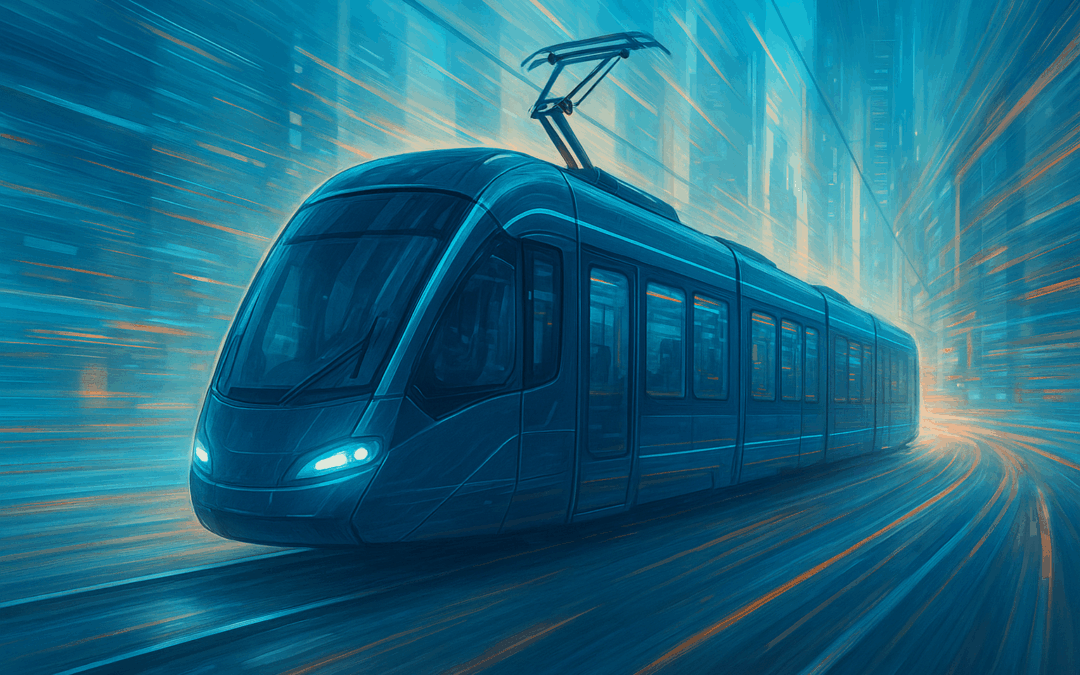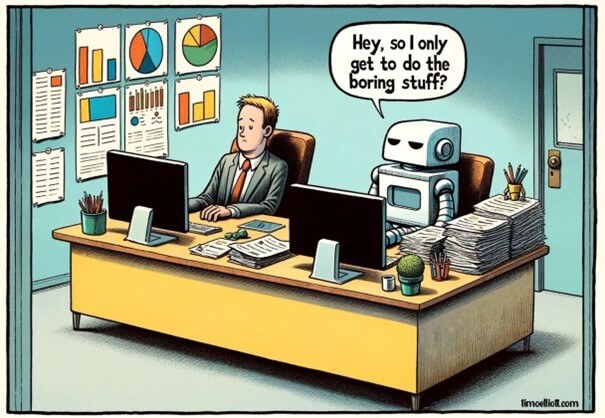
AI as a Driving Force
AI as a Driving Force
Why You Shouldn’t Miss This Article!
“AI as a Catalyst for Software Architecture” – published on heise online – impressively demonstrates how the role of software architects is fundamentally changing in the age of data-driven systems.
Key Points at a Glance:
- Two Roles of AI: It can act either as a supporting tool or as an integral part of systems – with significant implications for methods and mindsets in architecture.
- Data- and Model-Centric Architecture: The focus is increasingly shifting toward data flows, ML models, and training processes – requiring a new, iterative architectural approach.
- New Quality Definitions and Areas of Responsibility: Architecture must ensure quality on multiple levels, while new roles and interfaces are emerging at the same time.
Why This Article Is Worth Reading:
- Thought Leadership Perspective: It highlights how the role of software architects is evolving – from the classic planner to a data- and model-driven designer.
- Future Relevance: Anyone responsible for software architecture and technology design today cannot afford to ignore this transformation.
Read the Full Article Here:
AI as a Catalyst for Software Architecture: A Practical Example from Public Transport
Conclusion:
A must-read for software architects, technology leaders, and decision-makers who want to understand how AI is transforming systemic thinking and opening up new perspectives for action.
Sources
- Heise Online (accessed on August 23, 2025)




